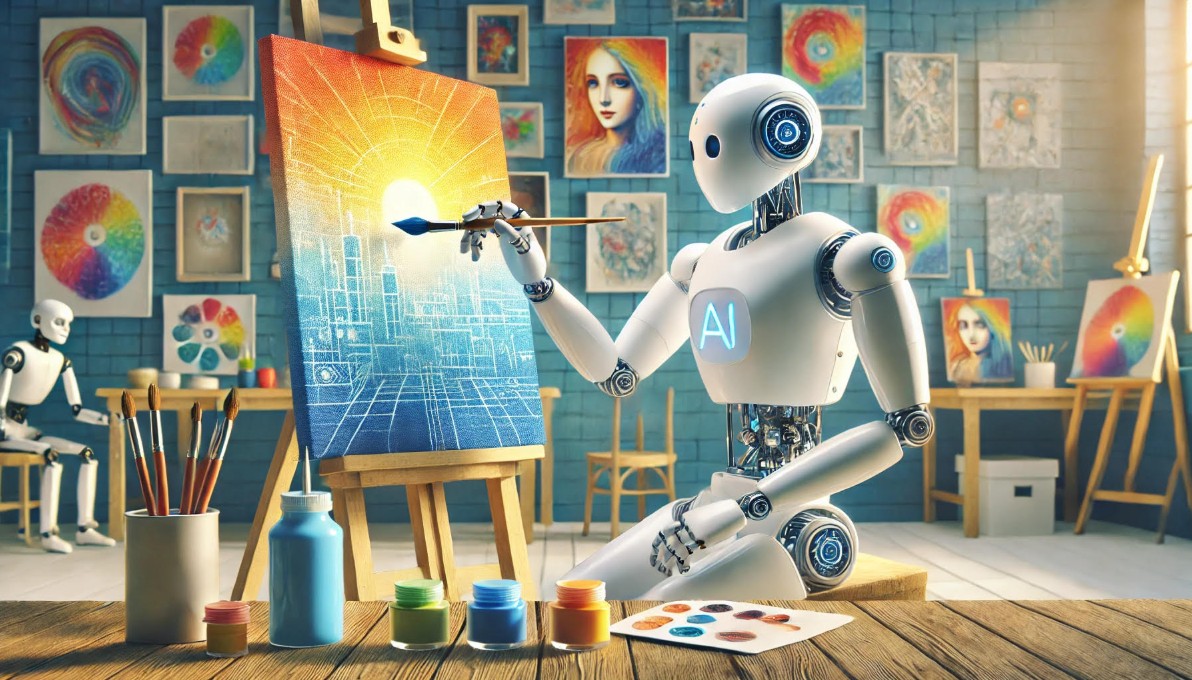
The ai art landscape has entered a transformative era, with breakthrough innovations revolutionizing how artificial intelligence creates visual content. Advanced neural architectures now generate photorealistic imagery indistinguishable from human artwork, while controversial applications like clothoff ai raise critical questions about digital ethics and consent. These ai art innovations represent both unprecedented creative opportunities and significant societal challenges.
Revolutionary AI Art Innovations
Next-Generation Technology Breakthroughs
Modern ai art systems leverage quantum-enhanced processing and multi-modal architectures that understand context beyond traditional image generation. These platforms integrate real-time style adaptation, emotional interpretation, and cultural sensitivity, producing artwork that responds dynamically to user intent and environmental factors.
Recent ai art innovations include temporal consistency engines that maintain character identity across video sequences, collaborative AI systems that work alongside human artists in real-time, and neural architectures that generate artwork in minutes rather than hours while maintaining exceptional quality standards.
Creative Applications and Industry Impact
Professional ai art deployment has expanded into virtual reality environments, augmented reality overlays, and interactive digital installations. Gaming studios utilize ai art for procedural world generation, while film industries employ these systems for rapid concept visualization and background creation.
Educational sectors leverage ai art for personalized learning materials, historical recreations, and scientific visualizations that adapt to individual student comprehension levels and learning styles.
Technical Excellence and Ethical Boundaries
Advanced Capabilities
Current ai art systems demonstrate sophisticated understanding of artistic movements, cultural symbolism, and aesthetic principles. These platforms generate high-resolution imagery with unprecedented speed while maintaining artistic integrity and stylistic coherence across diverse creative projects.
AI art innovations include emotion-responsive generation, where systems interpret user mood and environmental context to create personalized artistic content that reflects psychological and social factors.
Ethical Concerns and Challenges
Despite remarkable advances, ai art technology raises serious concerns regarding non-consensual image manipulation and privacy violations. Gender-targeted applications create opportunities for digital harassment and exploitation, while authenticity challenges undermine trust in visual media.
AI art systems require robust safeguards to prevent misuse while supporting legitimate creative applications. Privacy protection and consent mechanisms become increasingly critical as these technologies proliferate.
Legal Framework and Global Regulation
International Regulatory Responses
Governments worldwide implement comprehensive legislation addressing ai art misuse. United States states enact deepfake laws, while European Union frameworks emphasize user protection and platform accountability. Asia-Pacific nations introduce specialized regulations targeting manipulated intimate content.
Legal consequences for ai art misuse include criminal prosecution, civil liability, and professional sanctions across multiple jurisdictions.
Enforcement and Compliance
Courts increasingly recognize severe impacts of ai art manipulation on individual wellbeing and professional standing. Victims successfully pursue substantial damages for privacy violations and emotional distress, while employers implement strict usage policies.
Human Rights and Digital Protection
Fundamental Principles
AI art development must prioritize human dignity and personal autonomy. Individuals deserve complete control over digital representation, requiring explicit consent for personal imagery manipulation.
Protection Mechanisms
Effective safeguards include technical detection systems, content authentication protocols, and comprehensive educational initiatives promoting digital literacy and responsible technology usage.
Future Innovation Pathways
The trajectory of ai art technology depends on balancing creative potential with ethical responsibility. Success requires collaboration between technologists, policymakers, and civil society to establish protective frameworks while fostering beneficial innovation.
AI art will continue evolving through responsible development that enhances human creativity while protecting individual rights and dignity in digital spaces.
For comprehensive technology reviews and ethical analysis of emerging ai art innovations, explore expert insights at https://cortexlab.app/ – your trusted source for cutting-edge AI technology evaluation and responsible innovation guidance.